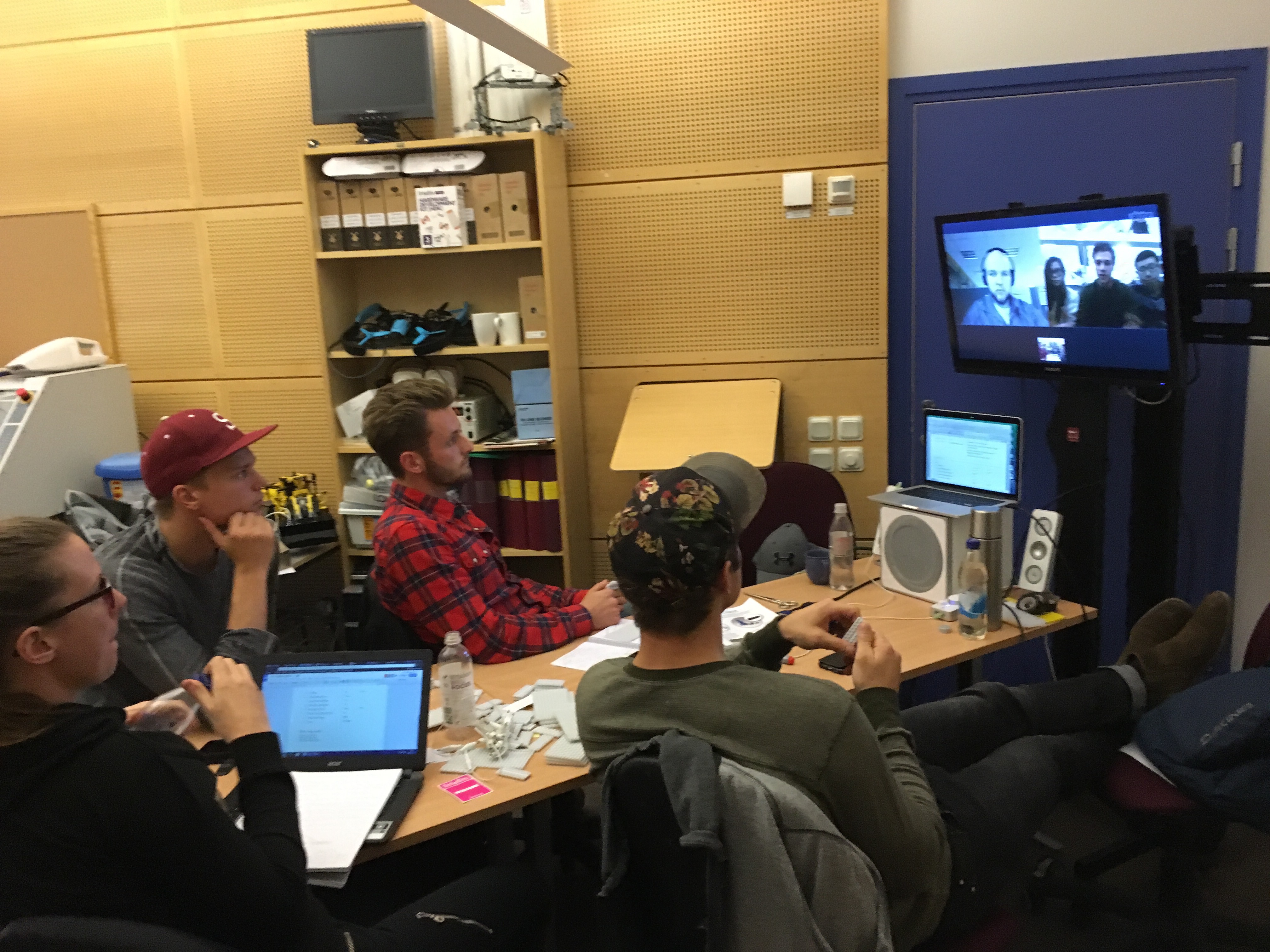
Human-machine interaction in autonomous mode
- Post by: Tobias Larsson
- 23rd November 2015
- No Comment
How can automated machines and humans work efficiently in the same area – at same time building trust between each other – without any risk for the humans and without any unplanned downtime for the machines? That is the challenge for this year’s Volvo CE ME310 project with BTH and Stanford University.
Four mechanical engineering students from Blekinge Institute of Technology is working together with three also mechanical engineering students from Stanford University on this topic.
For the fourth consecutive year Volvo Construction Equipment is the project partner.
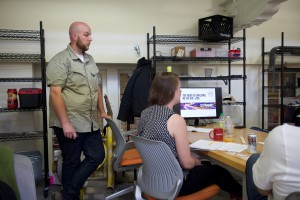
Coach from Volvo CE is Martin Frank, Research Engineer Specialist Intelligent Machines. Here follows an interview with Martin.
You decided to go again with Stanford/BTH global design project in ME310, how come?
“The approach of the global ME310 is very interesting for us as a company in many perspectives. With very less effort we are able to utilize the student team to explore totally new areas for us while applying the design thinking methods. Doing so, the team has to come up with prototypes to proof their hypotheses and create a very early connection to the real usage. This is then reflected in a very agile development of the final product but still based on the needs of the user / customer. It is a very strong message we can use internally that the results we got are developed during a period of nine month from a blank piece of paper to a full functional prototype – this triggers thinking. On the soft side we also like to see how the global collaboration on team level will work out and how new tools and communication paths could accelerated the global distributed development.”
What is the experience you draw from these global engineering projects?
“It is amazing to see which overwhelming solutions will come up during a nine month period if you apply the need finding and design thinking methodology. This makes it very easy to prompt these methods within our company. Also the fact that a group of students out of two universities at different time zones manage to work together and deliver a functional prototype at the end of the project is refreshing and triggers the own thinking about our way of working.”
Is there a global difference in how we attack engineering problems, as you have engineering development across the globe?
“One big difference is the project and team organization. The student team needs to organize itself and this is, for sure, an additional challenge but will be very beneficial for the project result. Since the team shall do a lot of learning via prototyping, there is a very steep learning curve in the project with respectively low time and budget consumption. In this context I have to admit, that the student project is usually targeting a very open question and therefore the end result can’t be predicted at the beginning. Product development projects within VCE are based on a clear request and should lead to a predictable result once executed.”
What project are you exploring this year?
“We thought it would be interesting to use the agile process of the ME310 to explore the Human-Machine interaction on a highly automated jobsite. There is a lot of research and development in the machine automation ongoing but the aspect of the interaction is not really explored yet. Especially the co-working and collaboration between humans and autonomous machines seems to be a blank piece of paper. The students shall explore, how the appearance of highly automated and autonomous machines will affect the collaboration with human coworkers on site level and which solutions could help to create an efficient and safe shared workspace.”
What is the role of this project for the future exploration of Volvo CE?
“The result will be the start to close a knowledge gap. While using the student team we are able to explore this area in a very efficient and agile way while the results and learnings will support our understanding of the future challenge.”
Going into High Gear
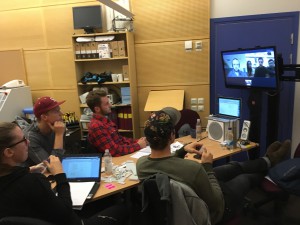
A few weeks into the project, the students are in full swing with needfinding, benchmarking and prototyping their initial ideas. The ME310 schedule have already had challenges on Benchmarking, Users and Needs as well as their Critical Function Prototype, where they are required to prototype a something that is aimed at discovering how to implement the most critical product/service function that will be needed to deliver the experience to their users.
Although the project is still in a relatively early stage, the students are required to early on think about what the essential learnings are for the coming project. Although focus may shift throughout the spring, they are early getting accustomed to answering key questions and learning by building prototypes.
The Swedish team will utilize the benefit of being able to complement the activities performed in the USA by selecting alternative and neighboring ideas for their prototyping experience.
Assistant Professor Christian Johansson of Mechanical Engineering and the Product Development Research Lab is the faculty coach for the BTH team.
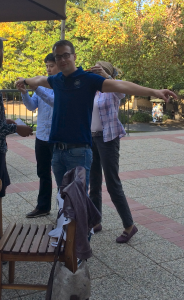
“This is my fourth time with the ME310 experience. I did the same journey as these students back in 2004 when I was a Master’s student. Then I’ve been working in the capacity of coach for the Swedish side on several occasions, leading up to some really compelling innovations.”, says Christian.
He continues, “I hope my experience both as a student and as a coach and teacher will be beneficial to the students also this time. It’s a long journey for them and they don’t know from the outset what they are going to deliver. By design the problem is ill-defined because the sponsoring firm wants the students to push the boundaries of what the future of autonomous vehicle and human interaction can be. With this there’s inherent uncertainty and ambiguity that the students need to deal with. It’s a big ask, but they have to trust the process and start chipping away towards a goal that they define for themselves.”
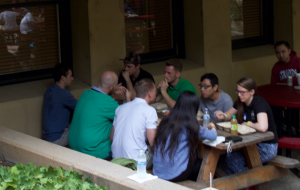
“An important factor for a successful project is to get the team to gel in a good way. It’s vital that the team members build strong interpersonal bonds and become ‘one’ team although there’s almost 9000 km separating them. This is something I feel has really worked out well, and there a good sense of community in the team, which makes us anticipate that some really interesting results will come out of this project”, Christian finishes.
From Volvo CE Jenny Elfsberg, Martin Frank, Fares Beainy, and Michael Stec will support the team, and from BTH Christian Johansson, Tobias Larsson, Andreas Larsson and entrepreneur Sebastian Sjöberg will support the team.
For more information contact Product Development Research Lab Director Professor Tobias Larsson, tlr@bth.se, or coach Christian Johansson, Assistant Professor, christian.m.johansson@bth.se.
